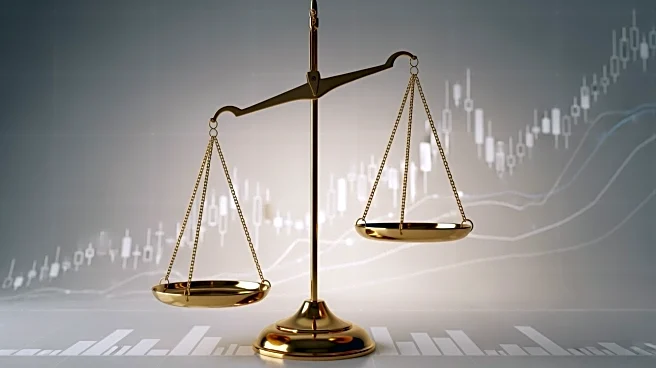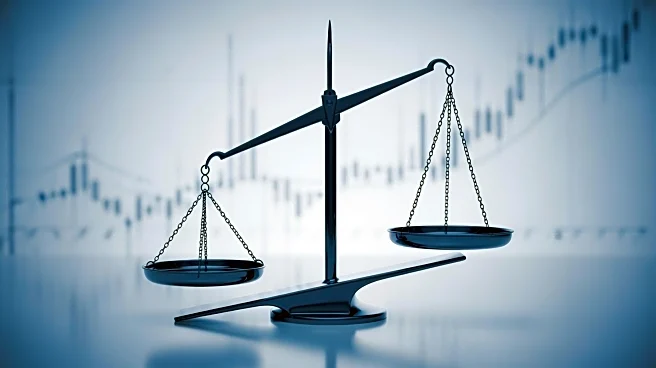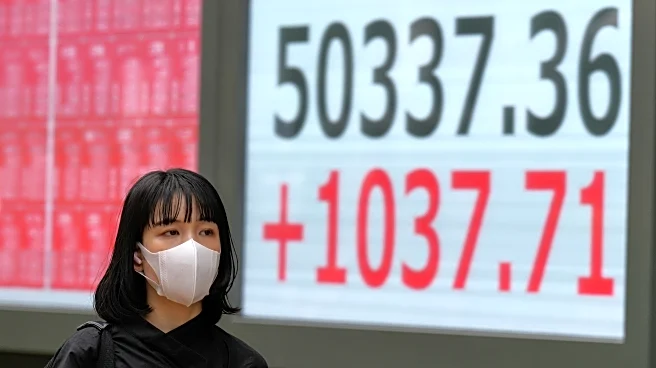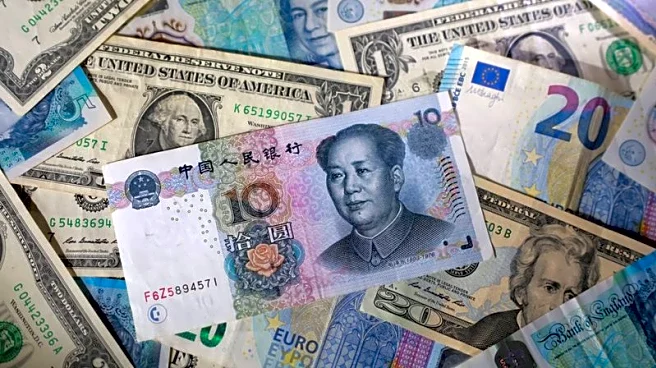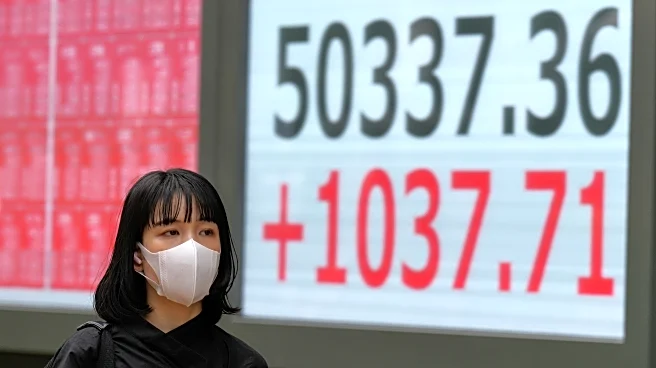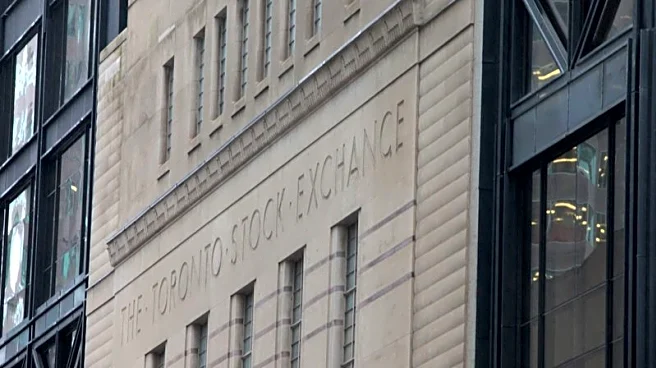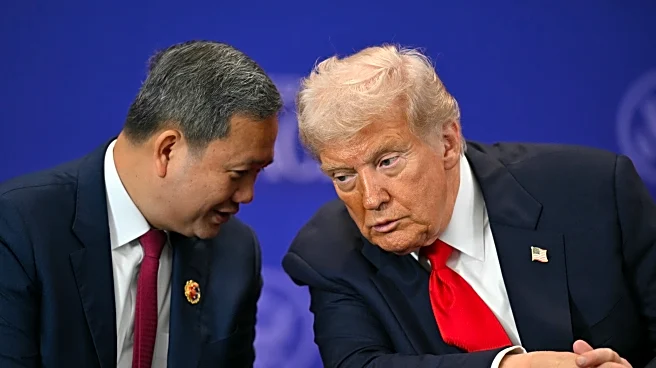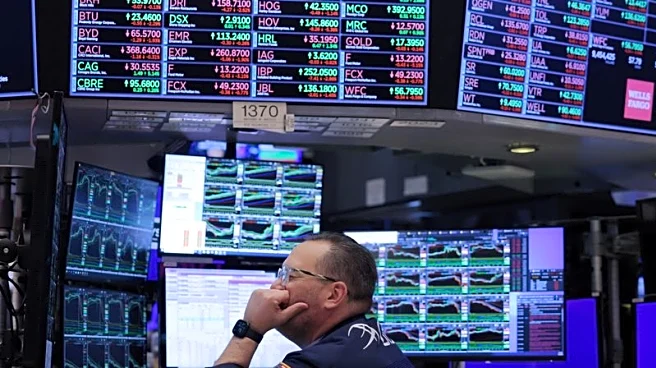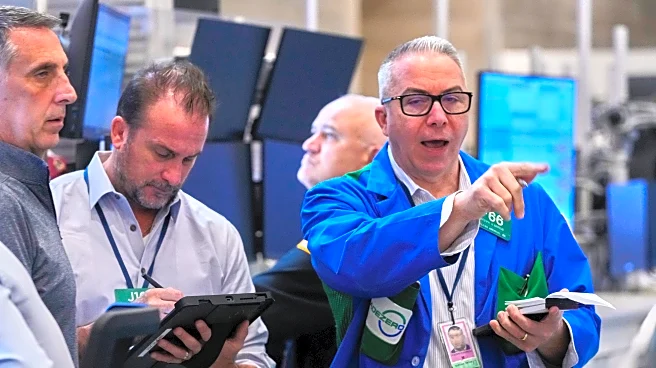What's Happening?
U.S. Treasury yields experienced a slight increase on Monday as investors prepared for the Federal Reserve's upcoming meeting, where a decision on interest rates is expected. The 10-year Treasury yield rose
by 2 basis points to 4.02%, while the 2-year Treasury note yield increased by 1 basis point to 3.501%. The 30-year bond yield also saw a 2 basis point rise to 4.612%. This movement comes as the Federal Reserve is anticipated to cut interest rates following cooler-than-expected inflation data released by the Bureau of Labor Statistics. According to the CME FedWatch Tool, nearly 97% of traders are predicting a quarter percentage point cut. U.S. Treasury Secretary Scott Bessent noted that recent discussions between President Trump and China President Xi Jinping have been constructive, which has provided reassurance to investors.
Why It's Important?
The anticipated interest rate cut by the Federal Reserve is significant as it reflects the central bank's response to current economic conditions, particularly inflation trends. A reduction in interest rates can stimulate economic activity by making borrowing cheaper, potentially boosting consumer spending and investment. This decision is closely watched by investors as it impacts financial markets, including bond yields and stock prices. The constructive dialogue between the U.S. and China also plays a crucial role in easing trade tensions, which have been a source of uncertainty for global markets. The outcome of these discussions could influence future economic policies and trade agreements, affecting various sectors of the U.S. economy.
What's Next?
Investors and market analysts will be closely monitoring the Federal Reserve's meeting and the subsequent announcement regarding interest rates. The decision will provide insights into the central bank's assessment of the economic outlook and its approach to monetary policy. Additionally, the upcoming meeting between President Trump and President Xi Jinping in South Korea is expected to address trade tensions, which could have further implications for international trade relations and economic stability. Stakeholders will be looking for any signals of progress or agreements that could impact future trade policies.
